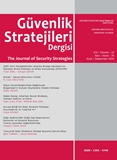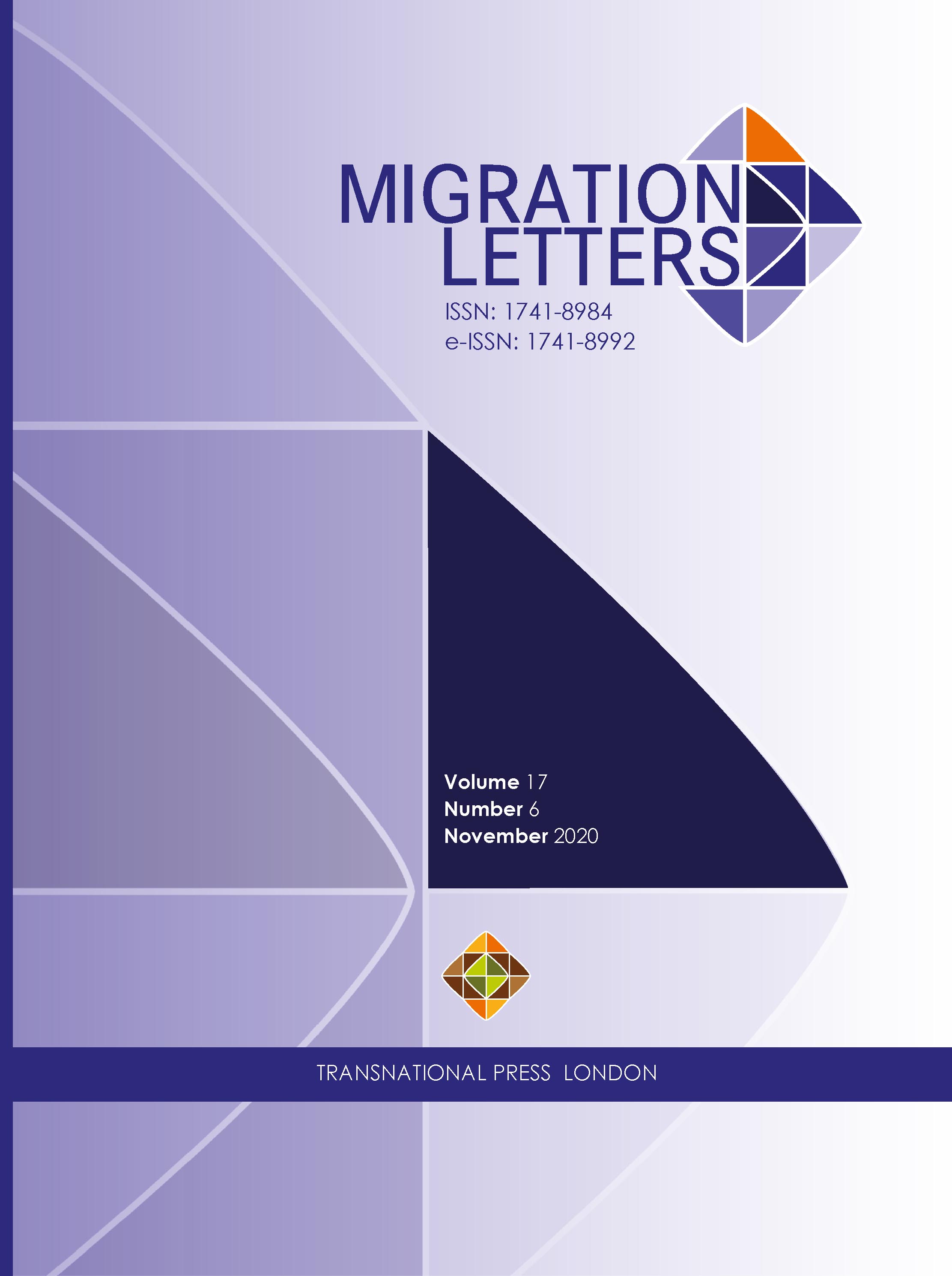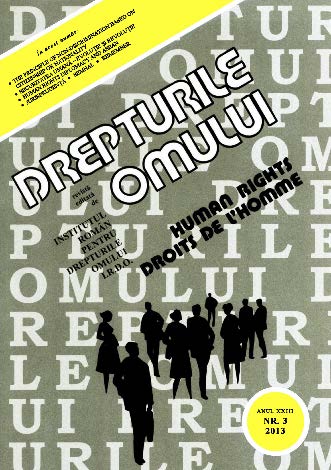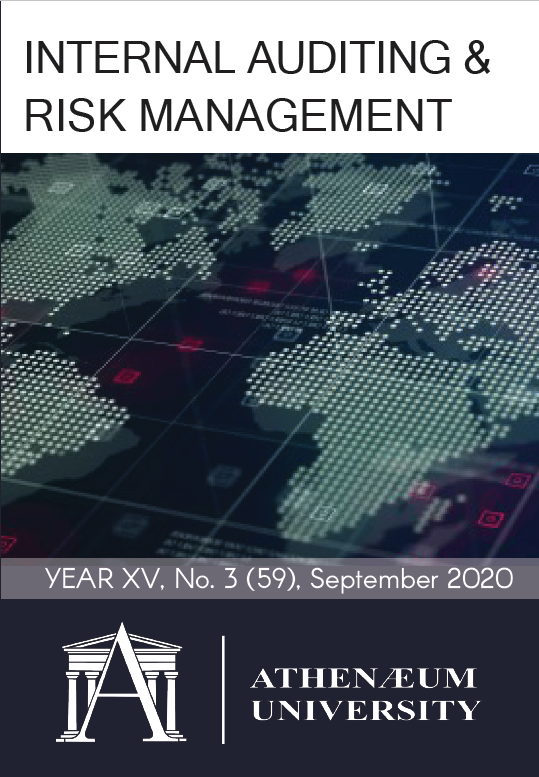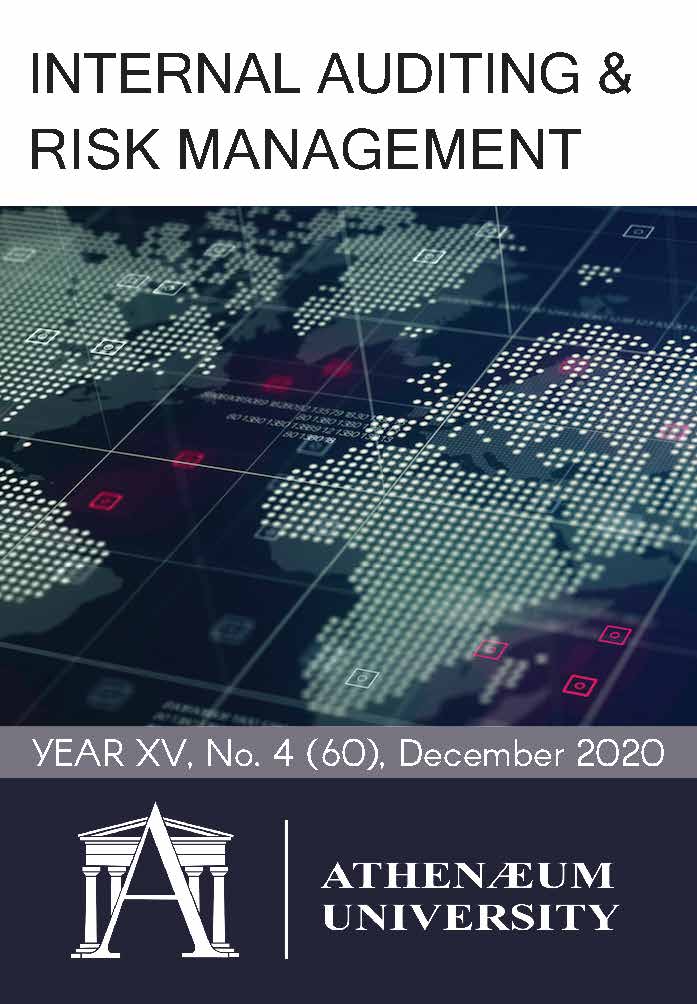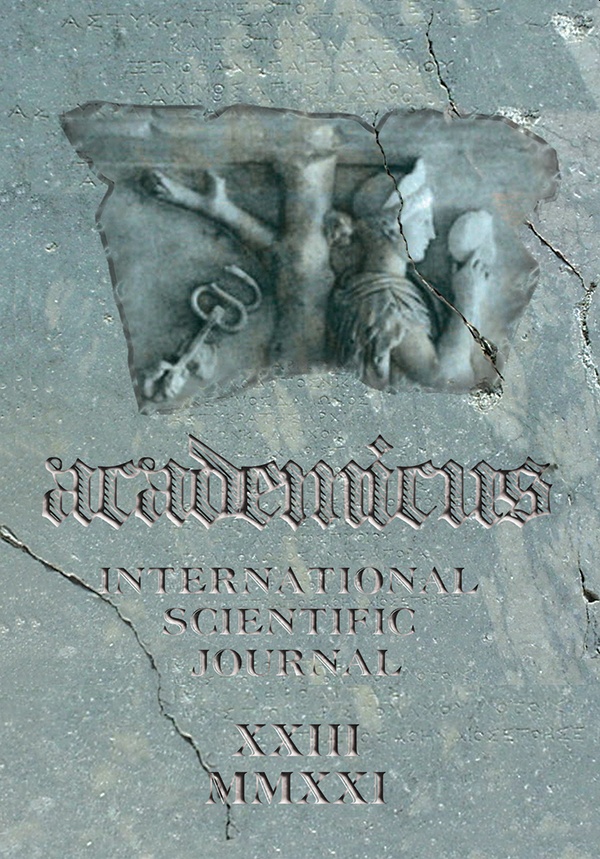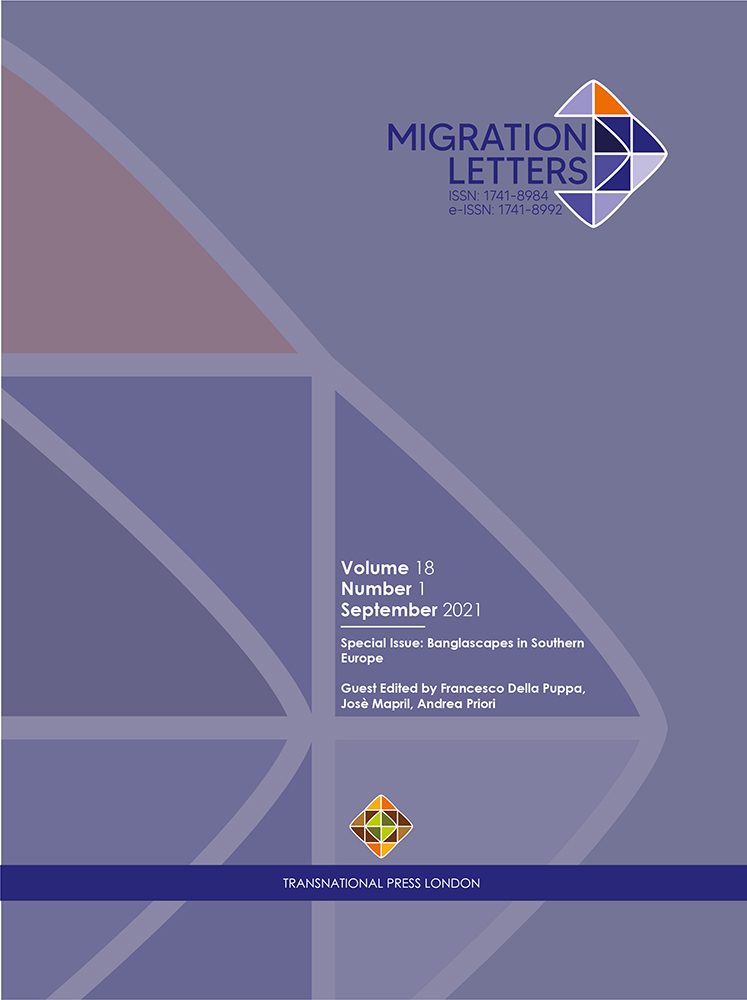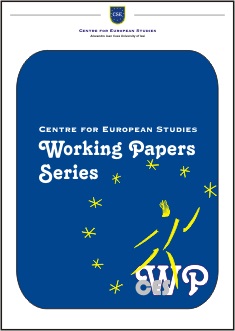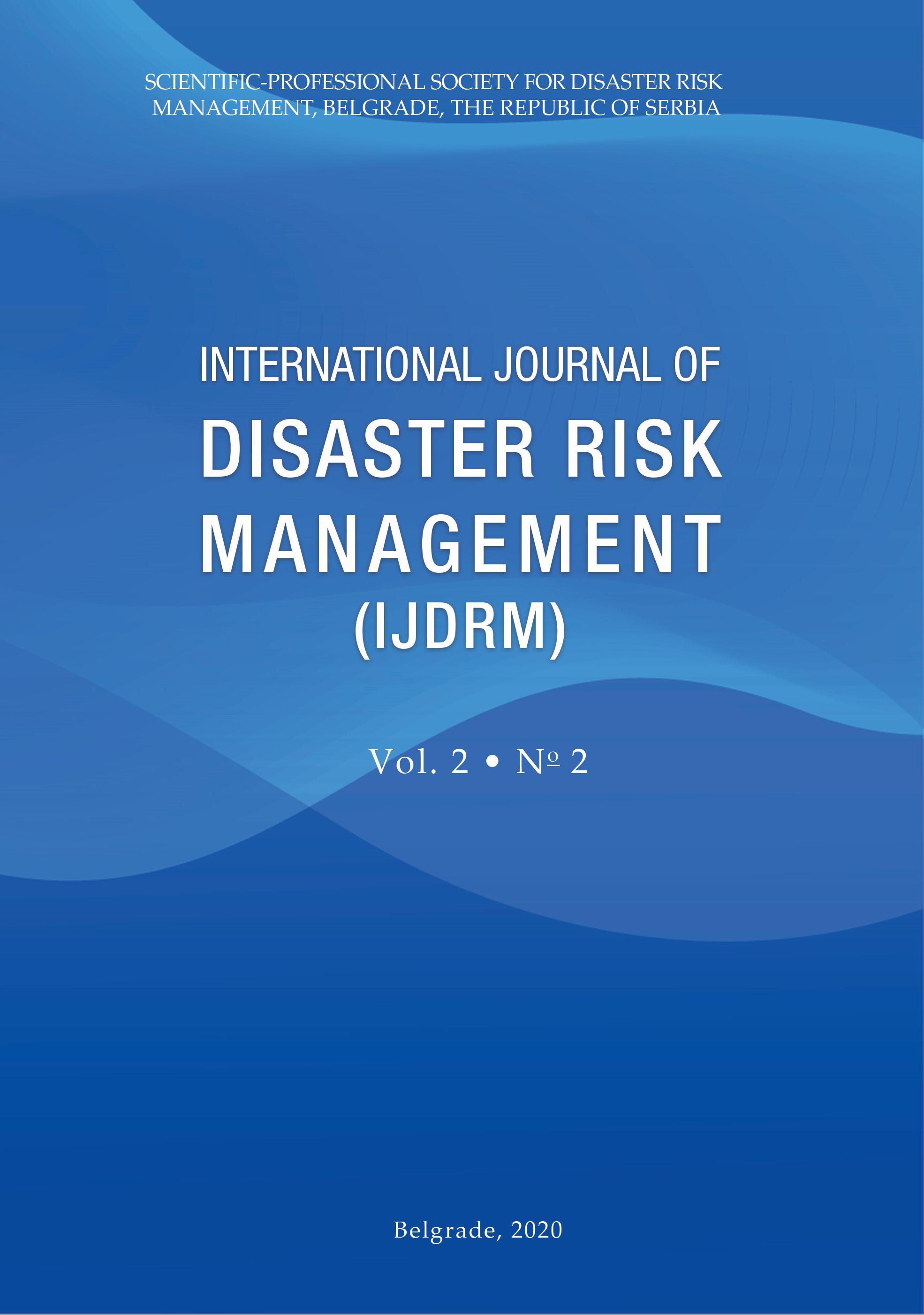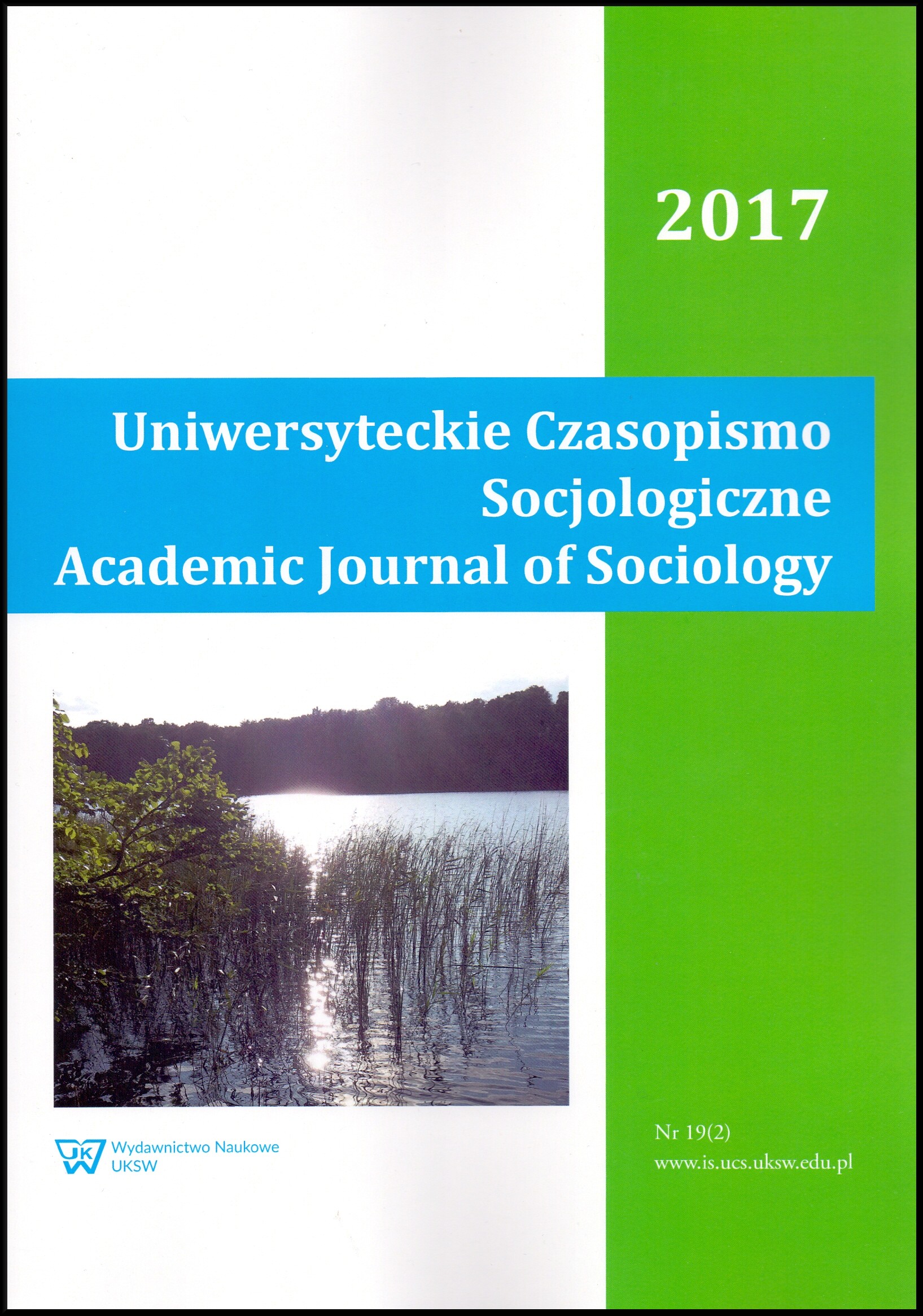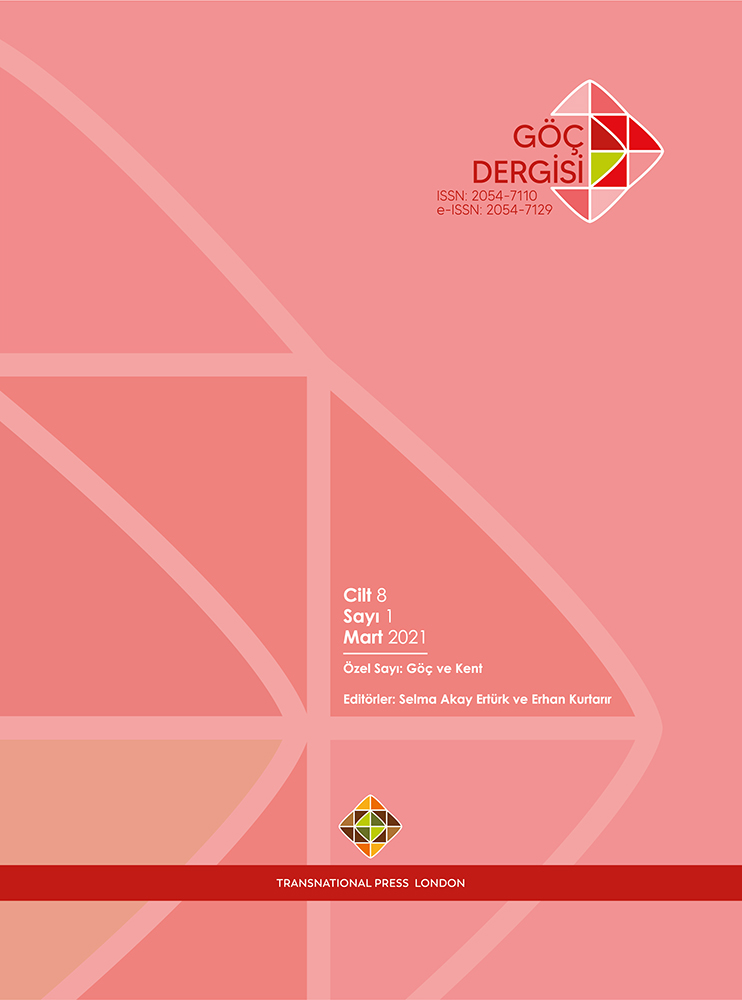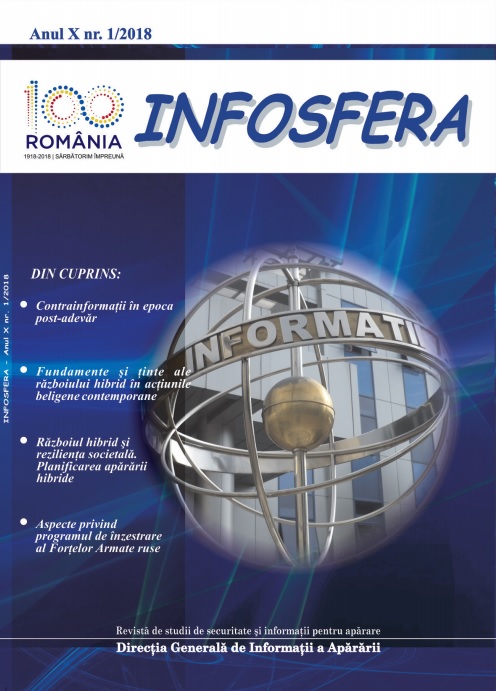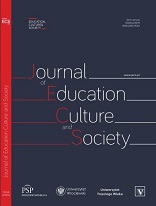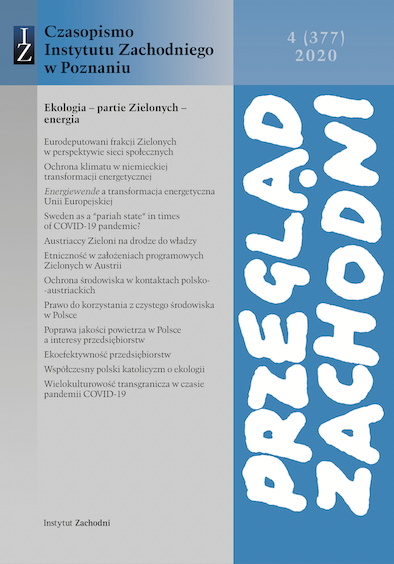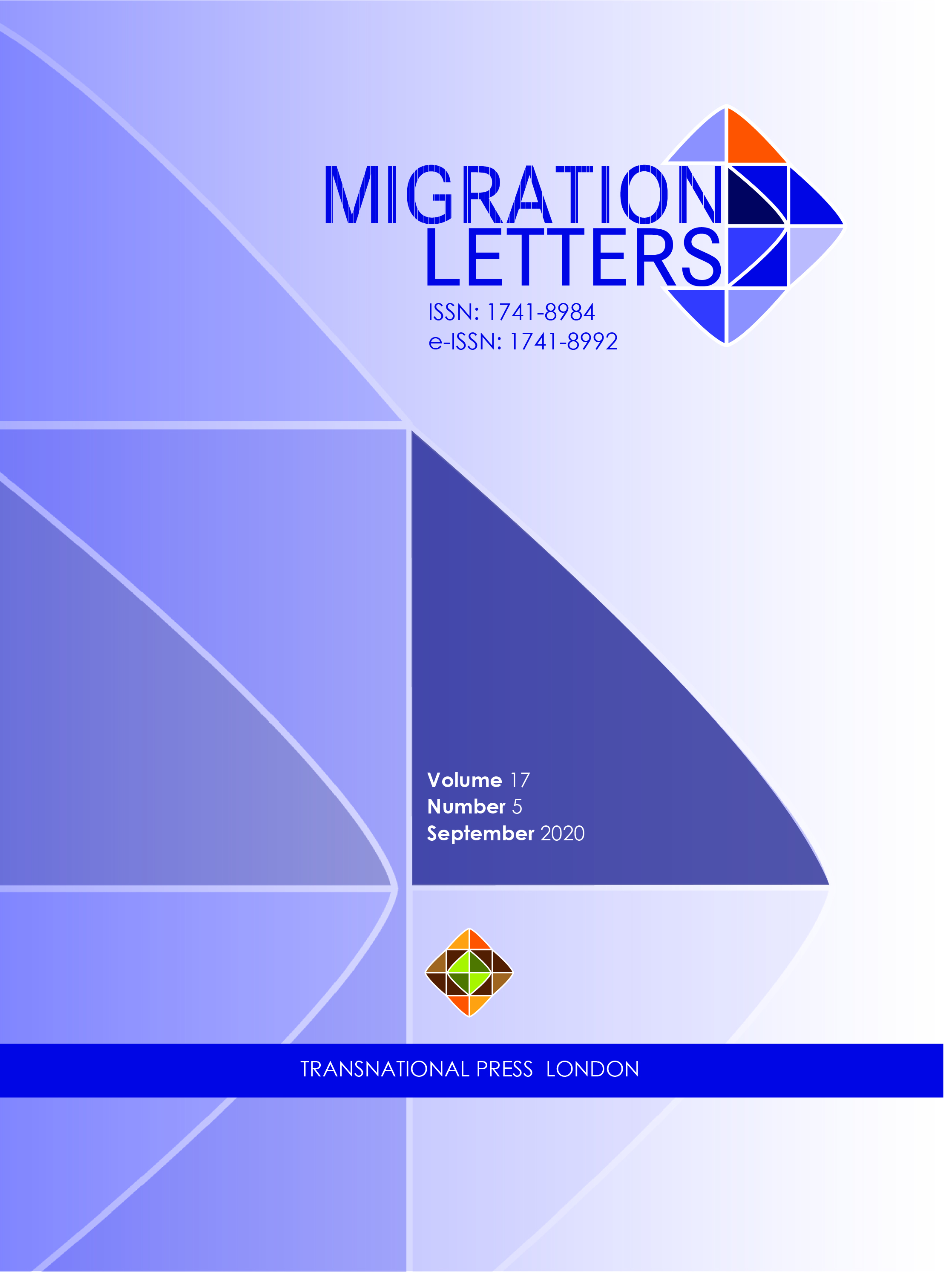
Micro-level Initiatives to Facilitate the Integration of Resettled Refugees
Integration, a two-way process involving refugees and the host population, is a politically contentious issue. Successful integration of newcomers in a receiving community is required to create a cohesive society. Yet, there is still little understanding of how integration strategies are employed at a community level. This paper explores how micro-level activities such as education in local schools, lifelong learning and community activities delivered within the council area influence integration of refugees. It is based on a case study of one of the Scottish councils which decided to welcome Syrian refugees in 2015 and had no prior experience of refugees’ relocation. The findings showed the role of micro-level initiatives in the successful integration and proved that even a council with no prior experience of relocating refugees could build a cohesive community upon their arrival.
More...
